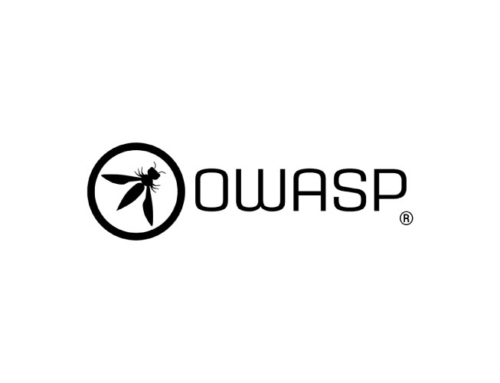Since August of 2021, a new wave of mass SQL injection attacks has impacted over a million websites, including parts of Apple’s website. That serves as a reminder to everyone about the growing prevalence of SQL injection security. They have become the favorite tools of hackers to tap into the organization’s infrastructure and steal their data resources.
The growth in the number of SQL injection attacks has alarmed security researchers who believe that it’s vital that organizations revisit best practices for SQL injection prevention. Organizations must educate security teams on how to prevent SQL injection attacks and learn to mitigate the risks associated with these injection attacks. These practices aren’t revolutionary by any means, but they must be implemented by organizations to prevent SQL injection attacks.
This article will share the five best practices to prevent SQL injection attacks, to teach organizations how to avoid SQL injection attacks. Once you have a better understanding of how to prevent SQL injection in JavaScript and other languages, you will better deal with this high-risk vulnerability.
Best Practices to Prevent SQL Injection Attacks
Apart from using different web application firewalls to filter out dangerous or malicious requests, when we talk about how to avoid SQL injection attacks, the most important preventive measures are proper input validation checks and parameterized queries. However, these aren’t the only preventive controls that you can adopt for SQL injection prevention. Here are the five best practices you must follow for SQL injection security.
1. Don’t Trust User-Supplied Input
User input channels are the main access points that are exploited to execute SQL injection attacks, and it’s here that input validation plays a big role. Strict context-dependent validation checks must be applied early on in the data flow to verify that the format, length, type, and allowed characters match the expected values. It ensures only inputs that meet a specific set of criteria will be permitted.
Apart from using context-based semantic validation, enforcing syntactic validation to confirm the correct syntax is also considered useful for structured data. Additionally, though not as effective as input validation, you should consider escaping all user-controllable data based on the supported character escaping scheme.
2. Don’t Use Dynamic SQL Queries Whenever Possible
Dynamic queries used in an unsecure manner result in SQL injection security vulnerabilities because the SQL code and the issuing logic are built while processing the user input. However, the SQL logic is defined before the user input gets passed as parameters when using a parameterized query. As a result, the user input can’t alter the logic and is strictly passed as a parameter based upon its defined data type.
Another option is to use stored procedures that are implemented securely without any unsafe dynamic SQL generation. Stored procedures are SQL statements with parameters (automatically parameterized) and are saved in the database to be called upon during execution instead of repeatedly writing it. Nevertheless, stored procedures without proper input validation checks and execution rights can increase the risk potential of an application rather than reduce it.
3. Use Accounts with Least Privileges to Restrict Access in Case of a Breach
Minimizing privileges and limiting access for every account can restrict the risks associated with unauthorized access. That can be done by accessing the level of access rights required by every account, and the specific tables or portions of it, to which it needs access. You can also create different DB users for different applications.
Avoiding administrative privileges will also help, and you can create views to limit access to underlying tables. You should assign only read access where feasible and carefully consider the impact before granting create or delete access to any database account.
4. Rely More on Allowlist as Attackers Can Get Around Blocklist
We have already highlighted input validation above, and there are two ways you can approach it by using blocklists or allowlists. Blocklists are deployed to blown known malicious characters while allowlisting user input is vetted against a list of permitted characters.
These two approaches are also implemented to block traffic from suspicious IP addresses or limit access to the addresses included in a allowlist. Due to evolving SQL injection attack techniques that can subvert filters, allowlists are generally considered a more effective approach for SQL injection security.
5. Organize Security Awareness Workshops to Educate Your Staff
If you’re serious about SQL injection security, you probably already have security awareness that goes above and beyond conducting annual and biannual workshops as a part of your organization’s culture. Persuading your employees to be mindful that cyberattacks are on the rise is critical, as it helps every member of the organization feel responsible for maintaining security.
Awareness workshops on SQL injection prevention are a platform where general SQL injection security topics or specific questions, such as:
- What is SQL injection?
- How to prevent SQL injection attacks?
- How to prevent SQL injection in JavaScript?
These can be addressed to keep your staff updated on the kinds of security incidents that are prevalent. However, security requires a transformation in attitude to avoid negligent practices. Until that happens, mandatory training and workshops will only take you so far.
Final Word
SQL injection attacks have been around for nearly two decades and continue to be relevant due to misplaced priority when implementing security controls. That relevancy won’t change any time soon because attackers and hackers continue finding new ways to evade existing controls.





